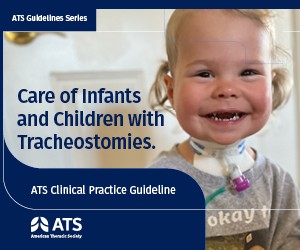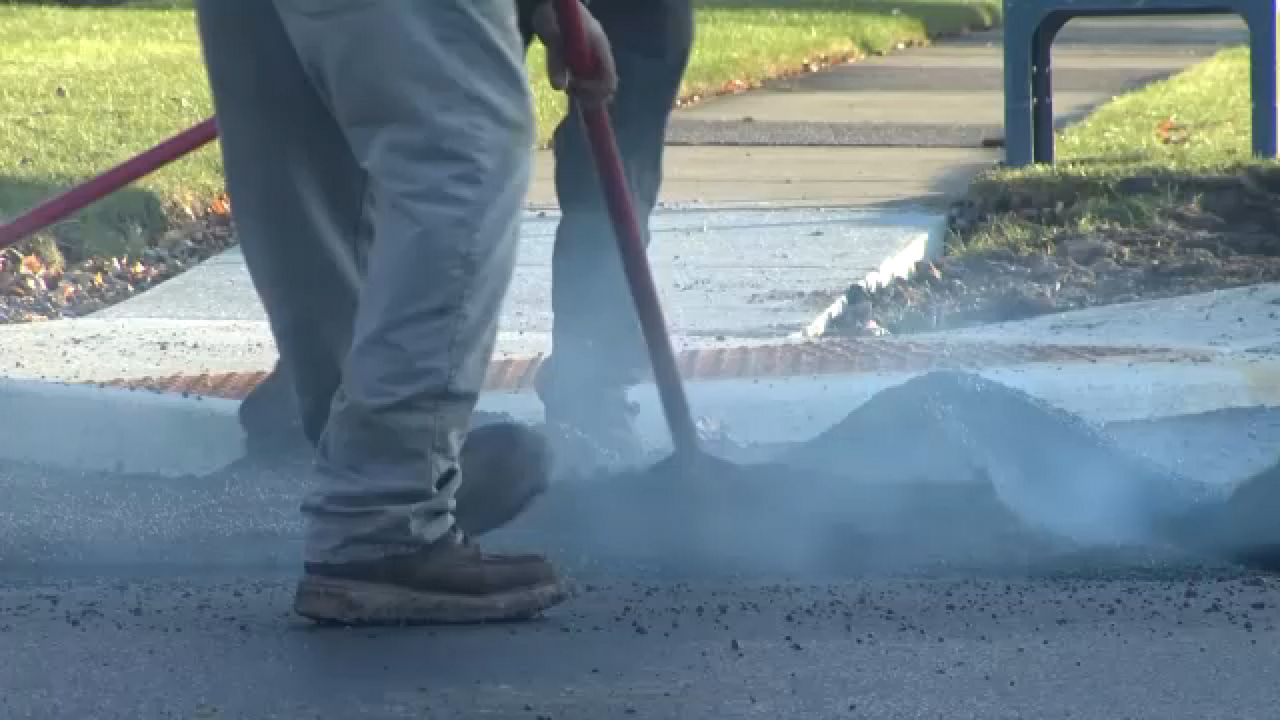UPDATE: The American Thoracic Society has just released critical new guidelines aimed at assisting parents and caregivers in making informed decisions about tracheostomy procedures for children. Published online today, October 22, 2025, in the American Journal of Respiratory and Critical Care Medicine, these guidelines address the emotional and medical complexities surrounding this life-altering choice.
Parents of children requiring respiratory support face immense stress when deciding on a tracheostomy, a surgical procedure that places a breathing tube directly into the windpipe. Dr. Christopher Baker, co-chair of the guideline panel and director of the Ventilator Care Program at Children’s Hospital Colorado, emphasizes, “A tracheostomy can save a life, lengthen a life, and improve the quality of life. However, this is not always true.”
The new recommendations come as a lifeline for families navigating these tough decisions. Crystal Costante, a parent on the panel, shared her relief: “This guidance gives me hope as a parent of a ventilator-dependent child with a tracheostomy. It emphasizes the need for clinicians to partner with families in care.”
The guidelines were developed by an expert panel, including Dr. Reshma Amin, director of Sleep Medicine and Long-Term Ventilation Programs at The Hospital for Sick Children. The panel utilized the GRADE framework to produce evidence-based recommendations, focusing on ethical principles in decision-making and the necessity of caregiver presence for at-risk children.
Among the key recommendations:
1. Ethical principles should guide shared decision-making about tracheostomy placement.
2. An alert and trained caregiver must always be present with children at risk of complications.
3. A thorough airway evaluation is essential before any decannulation attempts.
This is the first clinical practice guideline on tracheostomy care published by the ATS since a statement in 1999. Despite the rigorous scientific approach, Dr. Baker acknowledges that implementing these recommendations may be challenging in resource-limited settings.
The urgency of these guidelines cannot be overstated; they are designed to enhance communication between healthcare providers and families, ultimately improving care and outcomes for children with tracheostomies. As the landscape of pediatric respiratory care evolves, these guidelines will serve as a cornerstone for ensuring that families feel supported and empowered in their decision-making processes.
Next, healthcare providers and families are encouraged to examine the full list of recommendations to ensure they are prepared for the discussions ahead. For a deeper understanding of these guidelines, visit the ATS website.
This developing story highlights the critical intersection of medical expertise and family involvement in pediatric care, underscoring the importance of collaborative approaches to health decisions. The emotional impact on families is profound, and these guidelines aim to instill confidence and clarity in navigating the complexities of childhood respiratory health.







